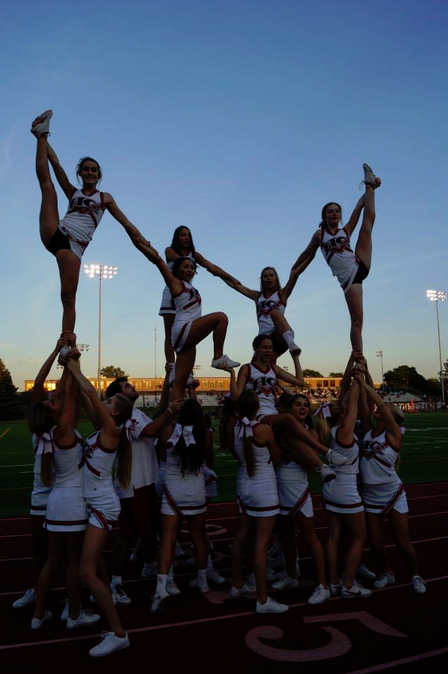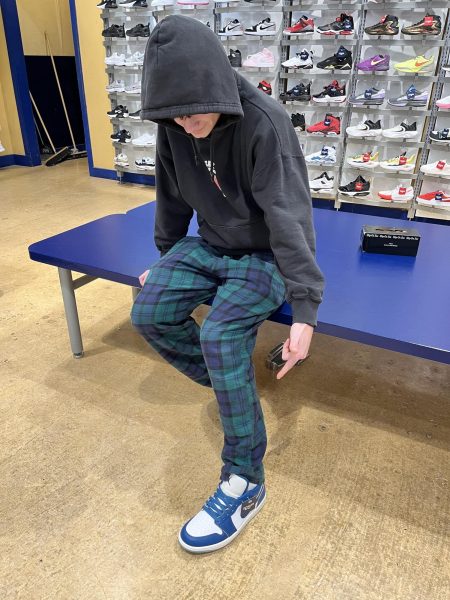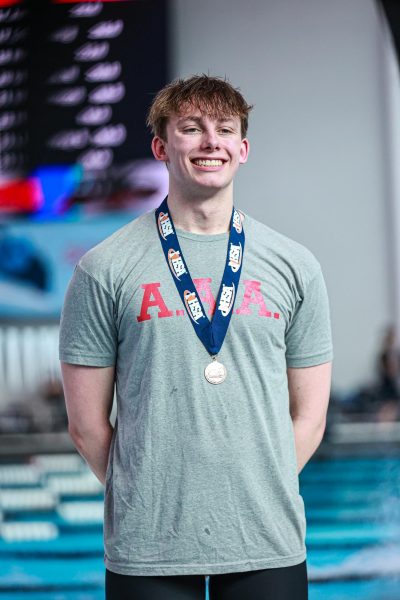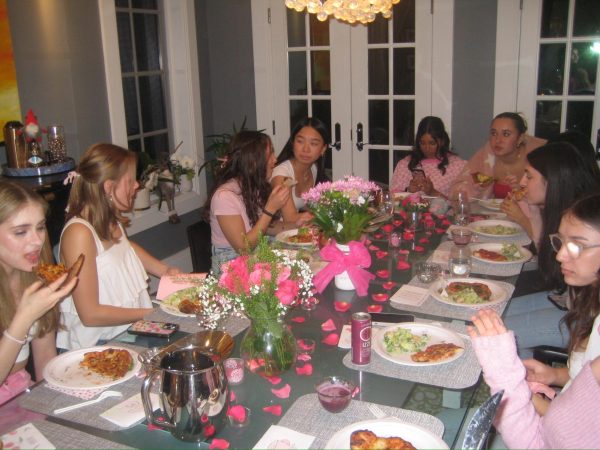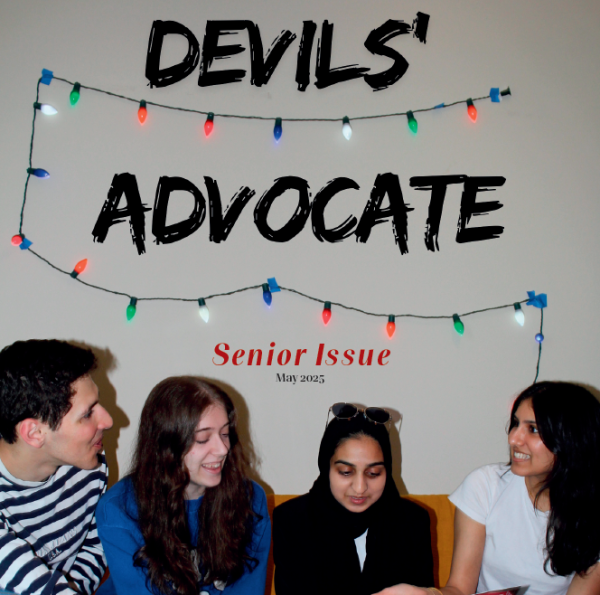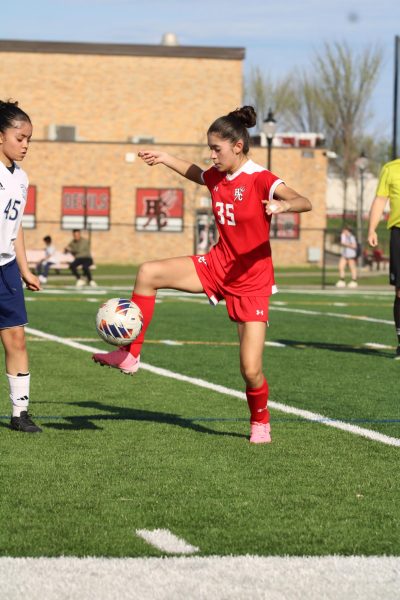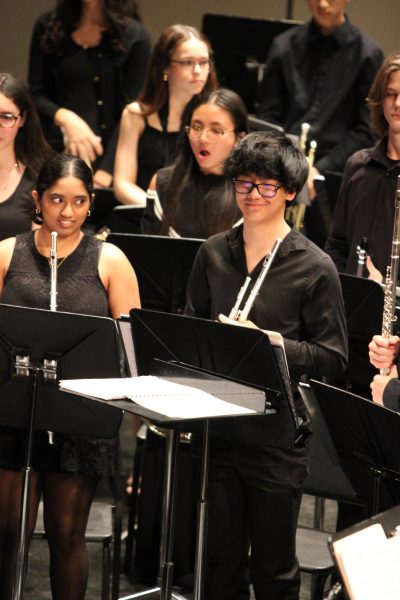Why don’t our cheerleaders compete?
Plenty of other school cheerleading teams compete, but Central’s cheerleading program is focused on cheering for sporting events. A look inside the program questions the space, funding, skills, and dedication.
A little background about high school cheer: there are two types, a spirit squad and a competitive team. Central’s cheerleaders make up a spirit squad, which means they cheer for football and basketball, and perform at pep rallies. They go the more traditional route. Some cheerleaders would like to compete, but acknowledge the perks of remaining a spirit squad.
“Our performance style would have to change because, for competitions, it’s not about what’s visual and looks cool, it’s about what’s the most difficult and what can get the most points to win,” said Taylor Gray, senior and varsity cheerleader. “A lot of things that make HC cheer what it is would have to go away, which I wouldn’t like.” Pep rally performances would go away, squads would be based on skill, not grade in school, and practice hours would increase.
Most cheerleaders agreed that Central’s squad has the ability to compete.
“Central does not compete, but South does,”said Lily O’Neill, junior and varsity football cheerleader. “We are good enough to compete, and becoming a competition squad would only increase our skills.”
“It’s definitely not because we aren’t good enough; I might be biased, but we are much better than a lot of teams in our conference,” Gray said. “I believe if we did compete, we would go pretty far. We often excel with stunting and could match up difficulty with state winning teams. We would need more tumblers to get to their level, though.”
In competitive cheer, a lot of the major points come from tumbling. “Right now, we don’t have to take freshmen who can tumble just for their tumbling skills, and if we were competitive, we would have to take them to be on our competitive squad,” said Ms. Lopez, varsity cheer coach.“This would beat out older girls, juniors and seniors, whose tumbling skills might not be as strong.”
Both O’Neill and Gray acknowledged that tryouts would be more challenging with tumbling being the focus and that some juniors and seniors wouldn’t make it.
“[Some] wouldn’t want the extra practice time and are intimidated by the fact that it would be immensely harder to make the squad,” Gray said.
Time commitment seems to be a major issue for cheerleaders and possibly for coaches.
“Our coaches value our schoolwork and other activities and encourage us to balance them well, and a competitive squad would require much more practice time that would take up time for other things,” Gray said.
“We have a lot of girls who like to be involved in other things outside of cheerleading,” Lopez said. “The commitment, especially during winter season, is just practice after school, nothing over the weekend except for games. With competition, our practice schedule would be a lot more intense.”
Some girls would be willing to tackle that commitment.
“The coaches don’t want to because of time commitment and space issues,” O’Neill said. “I’m not exactly sure why we don’t compete, I’m pretty sure…we probably couldn’t get funding.”
Ultimately, the cheer squad enjoys adding spirit to games and rallies and looks forward to continuing the tradition.



